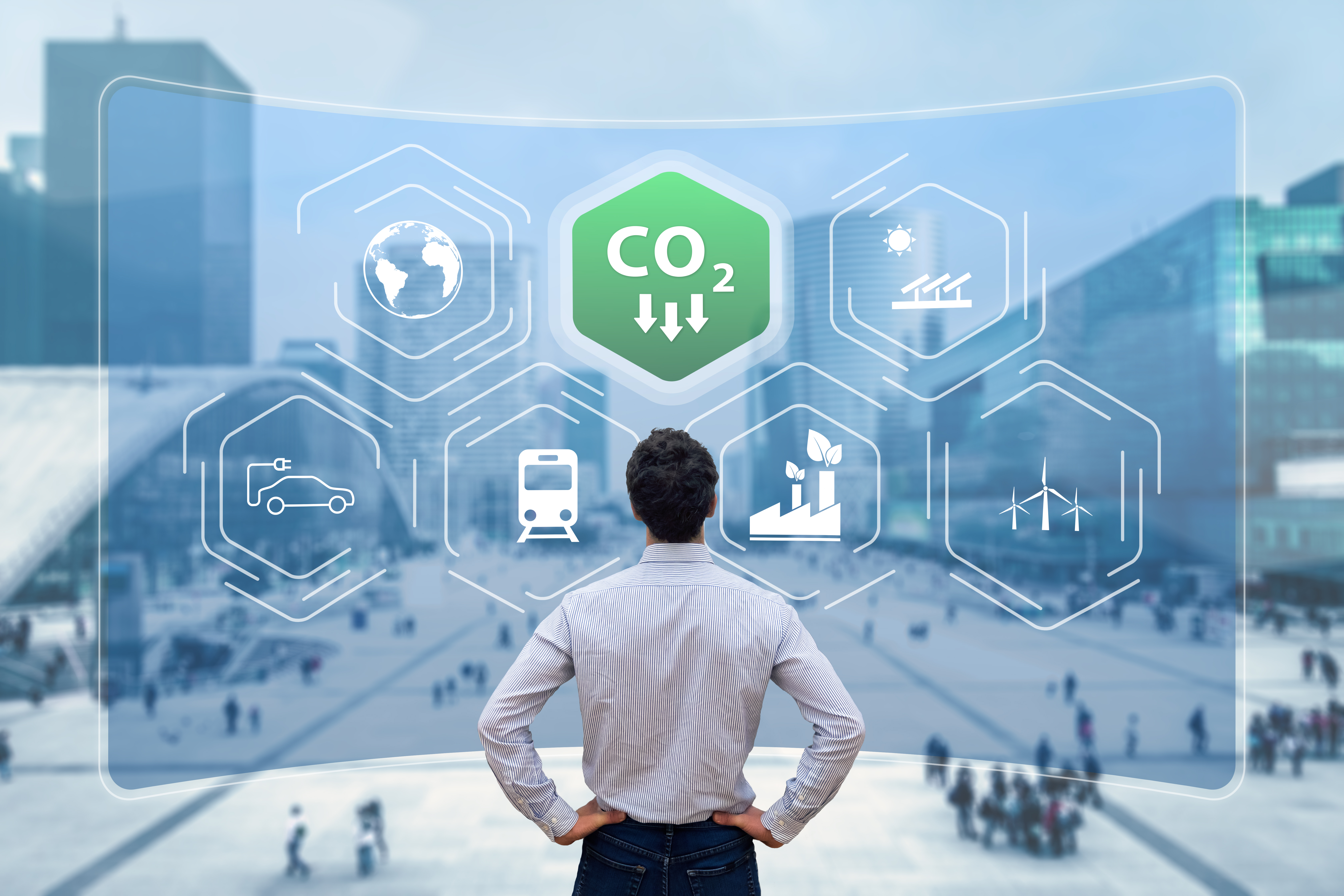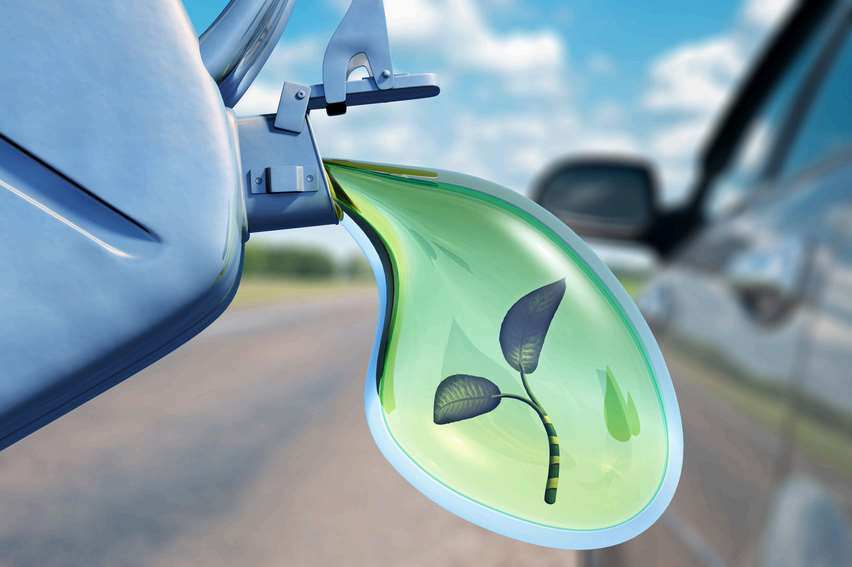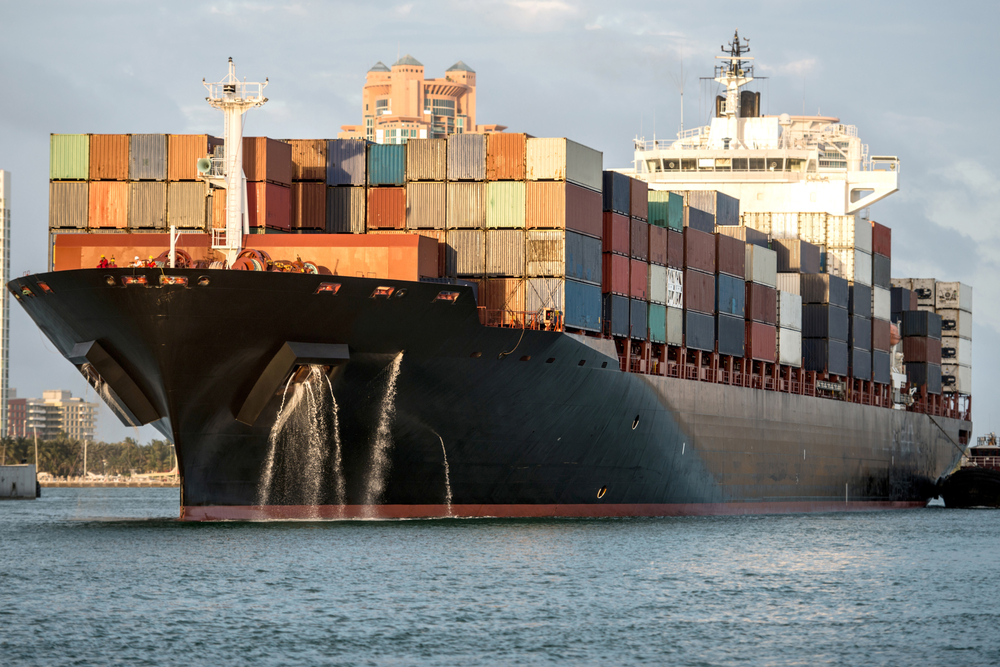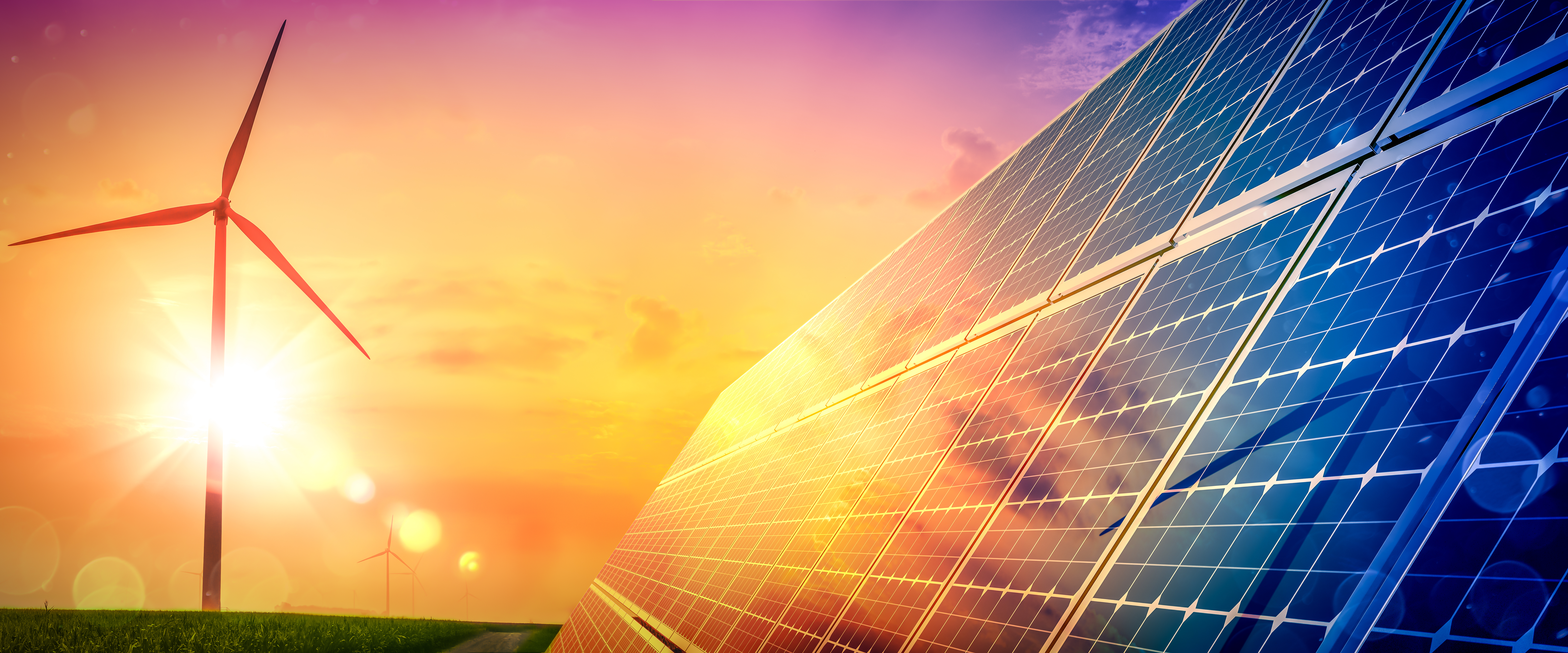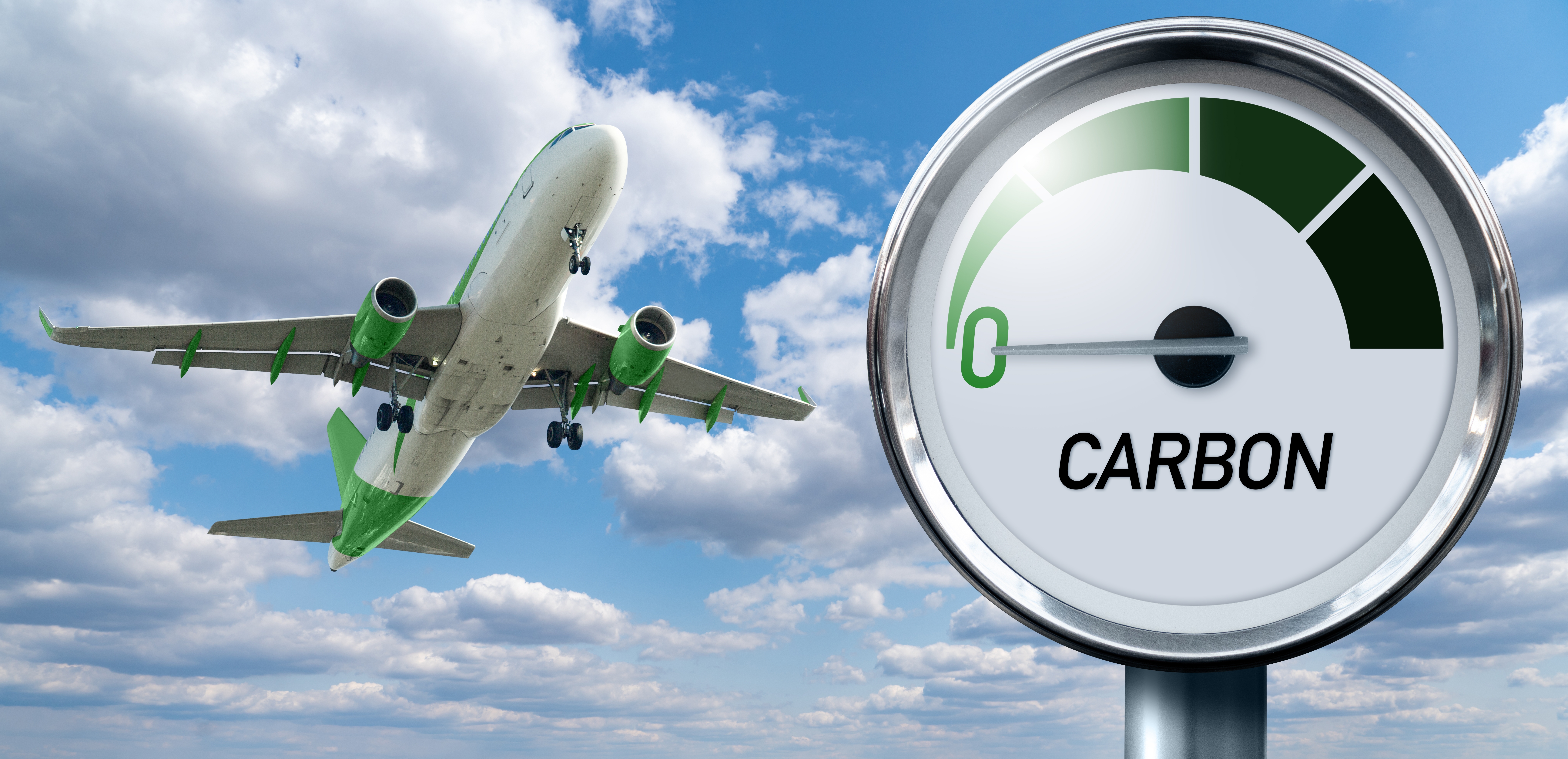MassDEP adopted the CARB (California Air Resources Board) Heavy Duty Omnibus and Advanced Clean Truck Regulations (aka 310 CMR 7.40) December 2021, along with several other States. The bill took effect January 1, 2025.
ESG & Industry Updates
CARB's Advanced Clean Truck Rule is Live in Massachusetts
Posted by Kelly Burke on Jan 3, 2025 3:34:30 PM
Topics: EPA, Massachusetts, Carbon Emissions, net-zero, decarbonization, CARB, ZEV
MA Emissions Reporting Starts Jan 1 - Are You Ready?
Posted by Kelly Burke on Dec 19, 2024 11:33:52 AM
The next chapter of Massachusetts Climate Change regulation kicks on January 1st with emissions and storage reporting requirements for the DEP due throughout 2025 ahead of the full enactment of the Clean Heat Standard kicking on in January 2026.
Topics: Massachusetts, Carbon Emissions, decarbonization, clean heat standard
IMO Part Deux: International Maritime Emissions in Focus in Brussels
Posted by Kelly Burke on Mar 18, 2024 11:44:47 AM
The International Maritime Organization (IMO) is meeting in Brussels this month, and one of the main topics of discussion is a proposed charge on the international shipping sector’s greenhouse gas emissions. Backers of the proposed carbon levy include the European Union, Japan, Canada, and multiple Pacific Island nations who are low lying and especially vulnerable to climate impacts.
Topics: Carbon Emissions, IMO 2020, decarbonization
As we have been discussing, the US National Blueprint for Transportation Decarbonization breaks the Transportation sector into seven categories, each of which has its own targets for emission reduction/elimination, and strategies for how those declines in emissions will be achieved. The next category addressed in the Blueprint is pipelines.
Topics: methane, Carbon Emissions, Biden Administration, decarbonization, pipeline
In another move forward against Climate Change, Massachusetts will be home to the United States' first utility-scale offshore wind project. Vineyard Wind, about 35 miles off the Mass coast, will produce up to 800 megawatts of electricity, powering 400,000 homes and businesses across the Commonwealth, dropping carbon emissions by up to 1.6 million tons per year.
Topics: Oil & Energy Magazine, Massachusetts, offshore wind, decarbonization
Transportation DeCarbonization: Aviation Policy & Regulations
Posted by Kelly Burke on Sep 26, 2023 7:15:00 AM
As we have been discussing, the US National Blueprint for Transportation Decarbonization breaks the Transportation sector into seven categories, each of which has its own targets for emission reduction/elimination, and strategies for how those declines in emissions will be achieved. The next category address in the Blueprint is Aviation.
Topics: Climate Change, Biden Administration, decarbonization
As we have been discussing, the US National Blueprint for Transportation Decarbonization breaks the Transportation sector into seven categories, each of which has its own targets for emission reduction/elimination, and strategies for how those declines in emissions will be achieved. The next category addressed in the Blueprint by emissions % is the Maritime Sector.
Topics: Marinas, Emissions, Biden Administration, Carbon Capture, decarbonization
Independent research organization Climate Central published a report recently that showed how the national capacity for solar and wind generated power shot up in 2022. The report comes just as the Biden Administration begins rolling out billions of dollars to renewable energy projects as part of its commitment to decarbonizing the grid completely by 2030 and getting the US to net zero emission by 2050.
Topics: Solar, Carbon Emissions, renewable energy, Biden Administration, offshore wind, decarbonization
Topics: EPA, Carbon Emissions, railcar regulations, renewable energy, Biden Administration, decarbonization
Subscribe to Email Updates
Recent Posts
Posts by Topic
- Carbon Emissions (42)
- Climate Change (32)
- renewable energy (30)
- Oil & Energy Magazine (26)
- EPA (24)
- Massachusetts (21)
- Biden Administration (18)
- decarbonization (15)
- Biodiesel (12)
- natural gas (12)
- EPA Mandate (11)
- RFS (11)
- Biofuels (10)
- Keystone XL (10)
- Solar (10)
- methane (10)
- Clean Energy (8)
- Energy Independence (8)
- Energy Infrastructure (8)
- Safety (8)
- Biodiesel Tax Credit (7)
- Emissions (7)
- Ethanol (7)
- offshore wind (7)
- Cellulosic Ethanol (6)
- EV Charger (6)
- RINs (6)
- environmental justice (6)
- ev (6)
- Fracking (5)
- Inflation Reduction Act (5)
- Technology (5)
- Trump Administration (5)
- US Crude Exports (5)
- electric vehicles (5)
- maine (5)
- tesla (5)
- ACT (4)
- Mass DOER (4)
- TransCanada (4)
- Utility Rates (4)
- massachusetts biodiesel mandate (4)
- obama (4)
- paris accord (4)
- CARB (3)
- CRUDE (3)
- Carbon Capture (3)
- Clean Fuel Production Credit (3)
- E85 (3)
- Emergency Fuel (3)
- Massachusetts Clean Cities (3)
- Waste Feedstock Biodiesel (3)
- battery (3)
- clean power plan (3)
- fuel management (3)
- net-zero (3)
- remote tank monitoring (3)
- renewable diesel (3)
- solid state battery (3)
- AI (2)
- AVs (2)
- Bioheat (2)
- Commodities (2)
- Congress (2)
- Customer Service (2)
- DOT (2)
- EIA (2)
- Emergency Generator Program (2)
- HFCs (2)
- Hurricane Sandy (2)
- IMO 2020 (2)
- MIT (2)
- Marinas (2)
- New York (2)
- Refinery Closures (2)
- Safe Driving Policy (2)
- TCI (2)
- US Energy Boom (2)
- ZEV (2)
- autonomous vehicles (2)
- china (2)
- clean air act (2)
- coal (2)
- driver shortage (2)
- electricity rates (2)
- emergency response (2)
- environment (2)
- ferc (2)
- geothermal (2)
- hydro-electric (2)
- hydrogen (2)
- national grid (2)
- net metering (2)
- power plant emissions (2)
- railcar regulations (2)
- tariff (2)
- API (1)
- Air conditioning (1)
- Baiji Refinery (1)
- Blend Wall (1)
- Brent Crude (1)
- Brent vs WTI (1)
- CFCs (1)
- Cell Phone Policy (1)
- Clean Water Act (1)
- Election Results (1)
- Energy Efficiency (1)
- Environmental Impact Study (1)
- Environmentally Friendly Products (1)
- Ethanol Tax Credit (1)
- FEMA (1)
- Fiscal Cliff (1)
- Gas Tax (1)
- Gasoline Supply Crunch (1)
- Hazmat (1)
- Heat Tax (1)
- Highway Trust Fund (1)
- Holyoke (1)
- Hybrid (1)
- ISIS (1)
- Iraq (1)
- Kigali Amendment (1)
- MOC (1)
- Market analysis (1)
- Mayflower (1)
- Montreal Protocol (1)
- NORA (1)
- Natural Gas Pipeline Explosion (1)
- New Jersey (1)
- Oil Barrel Tax (1)
- PFC (1)
- Pegasus Pipeline (1)
- Propane Autogas (1)
- Stimulus (1)
- Syria (1)
- Tank Truck Safety Training (1)
- Tax Increases (1)
- Tier 3 Gasoline Standard (1)
- Times Square (1)
- VEEP (1)
- Workplace Risk (1)
- agriculture (1)
- algonquin pipeline (1)
- alternative energy (1)
- altwheels (1)
- astm (1)
- bionic leaf (1)
- bitcoin (1)
- boston (1)
- clean heat standard (1)
- covid-19 (1)
- energy storage (1)
- eversource (1)
- export ban (1)
- fixed pricing (1)
- fuel (1)
- fuel efficiency (1)
- fuel marketers news (1)
- gas leaks (1)
- heating oil (1)
- hurricane harvey (1)
- inflation (1)
- irving oil (1)
- marketing (1)
- nuclear (1)
- online fuel buying (1)
- ozone (1)
- photovoltaic (1)
- pilot program (1)
- pipeline (1)
- power plants (1)
- propane (1)
- renewable natural gas (1)
- russia (1)
- sanctions (1)
- senate (1)
- shale (1)
- social media (1)
- social media for business (1)
- space (1)
- tablets (1)
- tennessee pipeline (1)
- ukraine, (1)
- value added services (1)
- vineyard wind (1)


